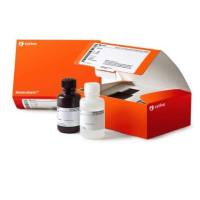Nitric oxide (NO) plays a pivotal role in cellular signaling in many different organisms as the result of the modification of protein activities/functions by protein S-nitrosylation. This NO-dependent posttranslational modification is based on the attachment of NO to the sulfur moiety of cysteine residues. However, the instability of S -nitrosothiols makes it difficult to analyze this type of protein modification in vitro as well as in vivo . Jeffrey and colleagues developed a method—named the biotin switch method—that allows the detection and purification of S -nitrosylated proteins. The principle behind this technology is the substitution of the NO group by a biotin linker in a three-step procedure. First, the all free thiol groups are blocked with a thiol-reactive agent, followed by selective reduction of the S -nitrosylated cysteine residues using ascorbate. In the final step, the reduced thiol groups are labeled with a biotin linker, so that the previously S -nitrosylated cysteine residues are finally biotinylated. Afterwards, the biotinylated proteins can be detected with anti-biotin antibodies or can be purified by affinity chromatography on neutravidin agarose. In this chapter, we give a detailed description of the biotin switch method, which can be used for proteomics approach to identify candidates for protein S-nitrosylation as well as to analyse S-nitrosylation of selected proteins.






